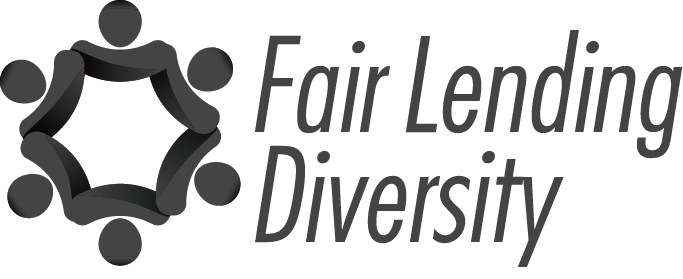“Little Leaks Sink the Ship”-Benjamin Franklin
If you have any responsibility that includes your company spending and profitability, I want you to think about one thing. How much revenue does your company lose, because you do not have leakage control models for consumers that:
- Contact your originators but never apply
- Apply but never proceed
- Apply but are denied
Virtually every executive I’ve asked this question of, does not know this metric. For most this is because few have considered this an issue and just write it off as a cost of doing business. However, when you tie this issue back to Fair Lending metrics, this knowledge and controlling this leakage becomes very important. After all, if you don’t know this number, how do you know if your originators are discouraging applicants or causing disparate treatment?
Leakage can be very expensive to your bottom line, regardless of the fair lending implication. When I work through leakage retention models with my lenders they are shocked and sometimes look physically ill from the revenue being lost. Let’s just say it is substantial and the revenue generated from correcting the leakage issue will more than pay for any compliance costs to your bottom line. You see, with better business models you can pay for all of those pesky regulations you have to deal with, resulting in a net win to your bottom line, versus a net loss!
Leakage can be very easily controlled if you have the proper model in place. Here are some easy steps to follow to detect your companies’ leakage:
- Brainstorm where your business is coming from. Purchased leads, referrals from real estate agents, builders, etc. Each company has a fairly consistent pattern of where you get your business from and you should look at the predominant areas of referrals.
- When a client contacts an originator or the originator contacts the client, what happens if the client does not meet some of the basic criteria for a loan? If you are like most lenders, the answer is “I guess they go elsewhere or don’t apply at all”.
- Do all clients get returned phone calls, emails, text messages, etc.? Is it possible that your salespeople ignore some clients and serve other clients well?
- What happens to the people that do apply and you deny? Do they go elsewhere never to be seen again? Or do they apply elsewhere, get a loan and file a complaint against your company?
The good news is that with all of these examples, a retention model that prevents leakage can be used! The better news is that the better you get at executing these models, the more revenue you retain. You spend so much money on people, marketing, sales, and leads only to be satisfied with marginal return on your investment!
Now if that isn’t enough to convince you that you need leakage control, let’s look at the Fair Lending issues:
- Discouraging a client verbally, or the practice of not returning an email or phone calls on a prohibited basis, is an ECOA violation. This pattern of practice is generally detected through consumer complaints or mystery shoppers.
- On the other hand, having second chance protocols in place that navigate the client through the home buying process, or puts them in contact with those who can help, demonstrates responsible practices and retains that lead for future business.
It doesn’t take much more to demonstrate that your company helps a client achieve the dream of homeownership; and the “win-win” for your company is that these models put lost revenue back into your bottom line and demonstrate great fair lending practices.
If you missed Quick Hit 1, 2, 3 or 4 you can find them on this blog.
Stay tuned for Quick Hit #6








